Humidity refers to the amount of moisture present in the air, and it greatly influences our daily lives, particularly our comfort levels. Many people have noticed that nights often feel more humid than days, but what causes this phenomenon? Understanding the underlying factors that contribute to evening humidity not only sheds light on everyday weather patterns but also has broader implications for agriculture, urban planning, and health.
The interplay between temperature and humidity is a central aspect of this discussion. As the sun sets, temperatures typically decrease, leading to changes in air moisture content. These shifts are crucial in determining how humid a night feels compared to daytime. Additionally, various elements such as geographical location, time of year, and local conditions play significant roles in humidity levels. This article delves into these factors to help illuminate why evenings often feel more humid.
By examining the science behind humidity and its relationship with temperature, we can better appreciate the complexities of this atmospheric phenomenon. Through this exploration, we reveal the critical factors that cause increased humidity at night and its implications on both a personal and societal level.
Understanding Humidity
Humidity can be measured in several ways, with relative humidity being the most common. This measurement indicates the current amount of water vapor present in the air compared to the maximum amount the air can hold at a given temperature. As temperatures rise, the air’s capacity to hold moisture increases, while cooler temperatures mean that the air can hold less moisture.
When the sun sets and the temperature drops, the air can reach its saturation point more easily. At night, the relative humidity often increases due to this temperature decrease. This situation occurs because cooler air has a lower capacity for moisture compared to warmer air, leading to a higher relative humidity level. As a result, the feeling of mugginess becomes more pronounced as the temperature decreases in the evening.
The Role of Temperature
Understanding temperature’s role in humidity is vital for grasping why nights feel more humid. During the day, as the sun heats the Earth’s surface, the air warms up, and its capacity to hold moisture increases. It is essential to recognize that warmer air often has higher evaporation rates from water bodies, leading to moisture being added to the atmosphere. However, as the sun sets, the air cools down, causing the moisture to condense and resulting in a rise in relative humidity.
The cooling of the air at night has intricate interactions with local environmental features, including bodies of water, vegetation, and urban areas. For instance, areas near lakes or rivers may experience higher humidity levels at night due to the evaporation of water during the day, which condenses with cooling temperatures. City environments, packed with buildings and industrial activities, can create microclimates that also affect nighttime humidity due to thermal energy release.
Geographical Influences
Geography plays a crucial role in determining humidity levels. Coastal areas often experience higher humidity at night due to the proximity of the ocean. The ocean’s temperature remains relatively stable, causing consistent moisture levels in coastal regions. Additionally, the sea breeze during the day can bring in moist air, which may contribute to increased humidity as temperatures cool at night.
In contrast, inland areas may experience more significant fluctuations between day and night temperatures. These areas can see rapid cooling in the evening, leading to a more significant rise in relative humidity. Moreover, mountainous regions can create barriers that affect air circulation, leading to localized changes in moisture levels. Thus, geographical location and topography significantly influence nighttime humidity.
Seasonal Variations and Weather Patterns
Seasonal changes also impact humidity levels during nighttime. During the summer months, longer daylight hours lead to increased temperatures that often elevate humidity. As evening approaches, the sudden drop in temperature can create a pronounced feeling of humidity, sometimes leading to discomfort. In contrast, during fall and winter, nights can become markedly cooler, but relative humidity can still remain high if the air is saturated with moisture.
Weather patterns can also influence nighttime humidity. For example, during the rainy season, the ground and vegetation remain wet, leading to higher humidity levels. Storm systems that bring moisture-laden air can result in increased humidity during the night. Conversely, dry air masses can lower nighttime humidity levels considerably, leading to different experiences of mugginess depending on local weather conditions.
Impact of Urbanization
The phenomenon of increased humidity at night also intersects with urbanization and its environmental effects. Cities tend to retain heat longer than rural areas due to the urban heat island effect. This longer retention of heat can influence humidity levels in significant ways. As urban areas remain warmer at night, the evaporation from surfaces like roads, buildings, and vegetation continues, adding moisture to the air and potentially amplifying humidity levels.
Moreover, urban infrastructure can impede natural air flow, trapping humidity in certain areas. Nighttime humidity in cities can be markedly different from surrounding rural areas, influencing not only human comfort but also local ecosystems and weather patterns. Understanding these implications provides insight into how urban planning can better account for humidity levels and their impact on residents.
Health Implications of Increased Humidity at Night
As humidity levels rise during the night, it can have various effects on human health and comfort. High humidity can adversely impact sleep quality by causing discomfort, increased sweating, and a feeling of stuffiness. When the air is saturated with moisture, sweat does not evaporate efficiently from the skin, which is the body’s natural cooling mechanism. This can lead to restless nights and feelings of fatigue upon waking.
Moreover, high humidity can exacerbate respiratory issues. Individuals with conditions such as asthma or allergies may find their symptoms worsen due to the presence of more allergens, like dust mites and mold, which thrive in moist environments. The increase in humidity can facilitate the growth of these irritants, making it more challenging for sensitive individuals to breathe easily. Therefore, understanding humidity dynamics is essential for maintaining a healthy living environment.
Additionally, the discomfort caused by high humidity can also affect mental health. Poor sleep quality and physical discomfort can lead to irritability and decreased concentration. Individuals living in consistently humid conditions may also experience feelings of lethargy, further contributing to a negative impact on overall well-being. It is critical to recognize these implications, especially for those living in regions with high nighttime humidity.
Conclusion
Recognition of why nights tend to be more humid is necessary for anyone looking to understand weather patterns and their impacts on daily life. The intricate dance of temperature fluctuations, geographical influences, and seasonal variations work together to create elevated humidity levels at night. As the temperature drops, the air’s capacity to hold moisture decreases, leading to higher relative humidity.
Urbanization plays a critical role in this dynamic, magnifying the effects of humidity even further. The phenomenon has considerable implications for health, impacting comfort and well-being, particularly for those with respiratory conditions. Understanding these elements empowers individuals to develop strategies that mitigate discomfort and promote healthier living environments.
Whether living in a bustling city or a serene rural area, understanding nighttime humidity is significant for achieving personal comfort and well-being. By narrowing our focus on actionable solutions and recognizing geographical effects, we can better navigate the humid nights and their repercussions. This awareness ultimately enhances our ability to thrive in various atmospheric conditions, ensuring our homes remain comfortable and conducive to a good night’s rest.










.jpg)
.jpg)

.jpg)
.jpg)
.HDi90.png)
.HD90.png)









.jpg)
.jpg)
.jpg)



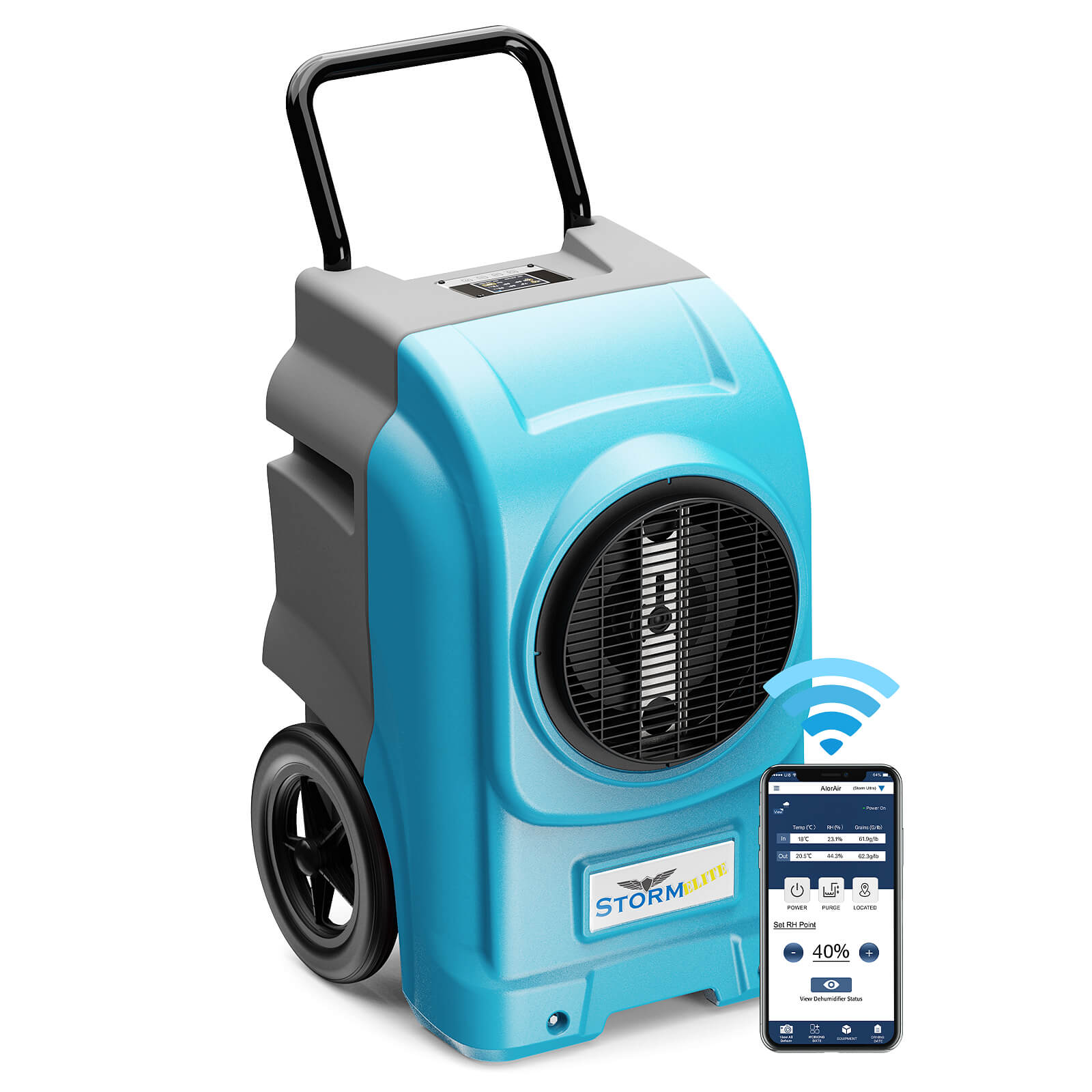

.jpg)
.jpg)


.jpg)






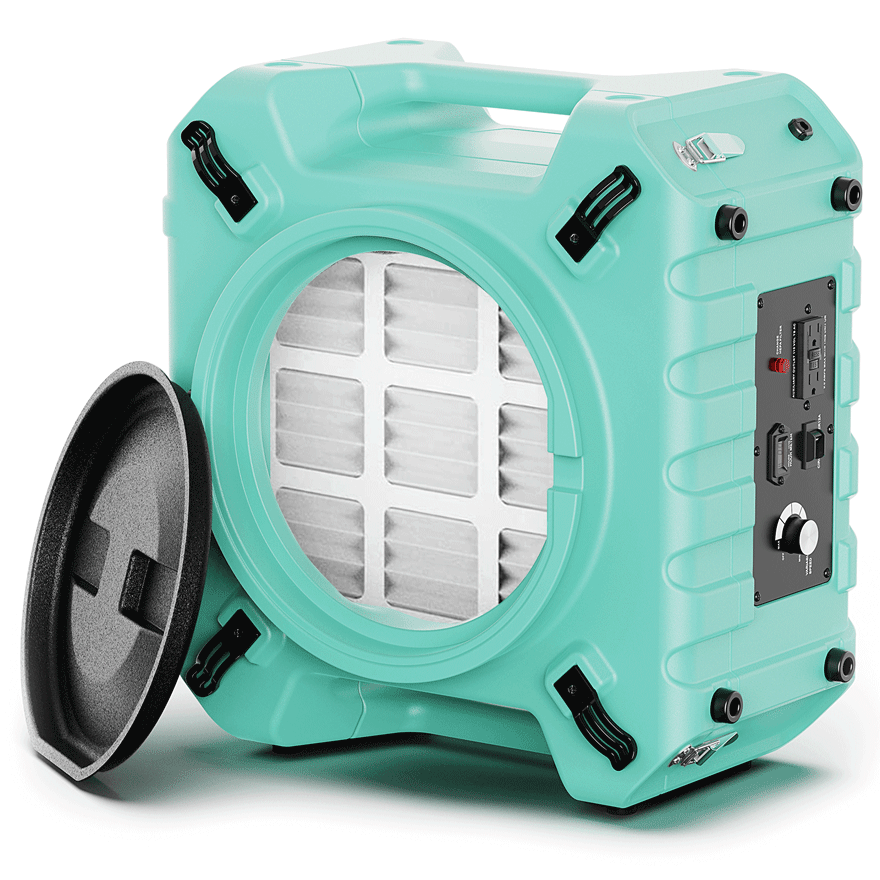

.jpg)
.jpg)








.jpg)
.jpg)



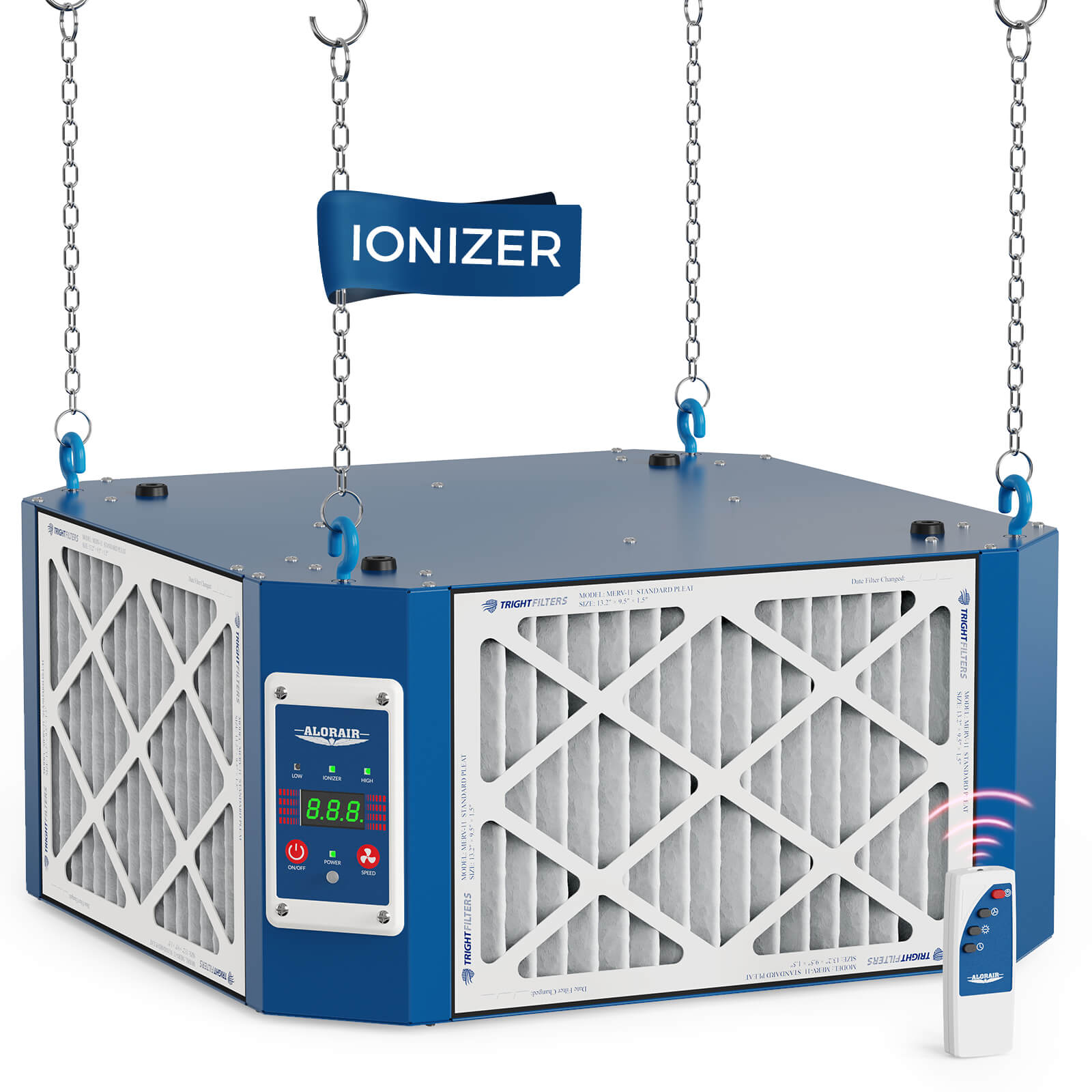
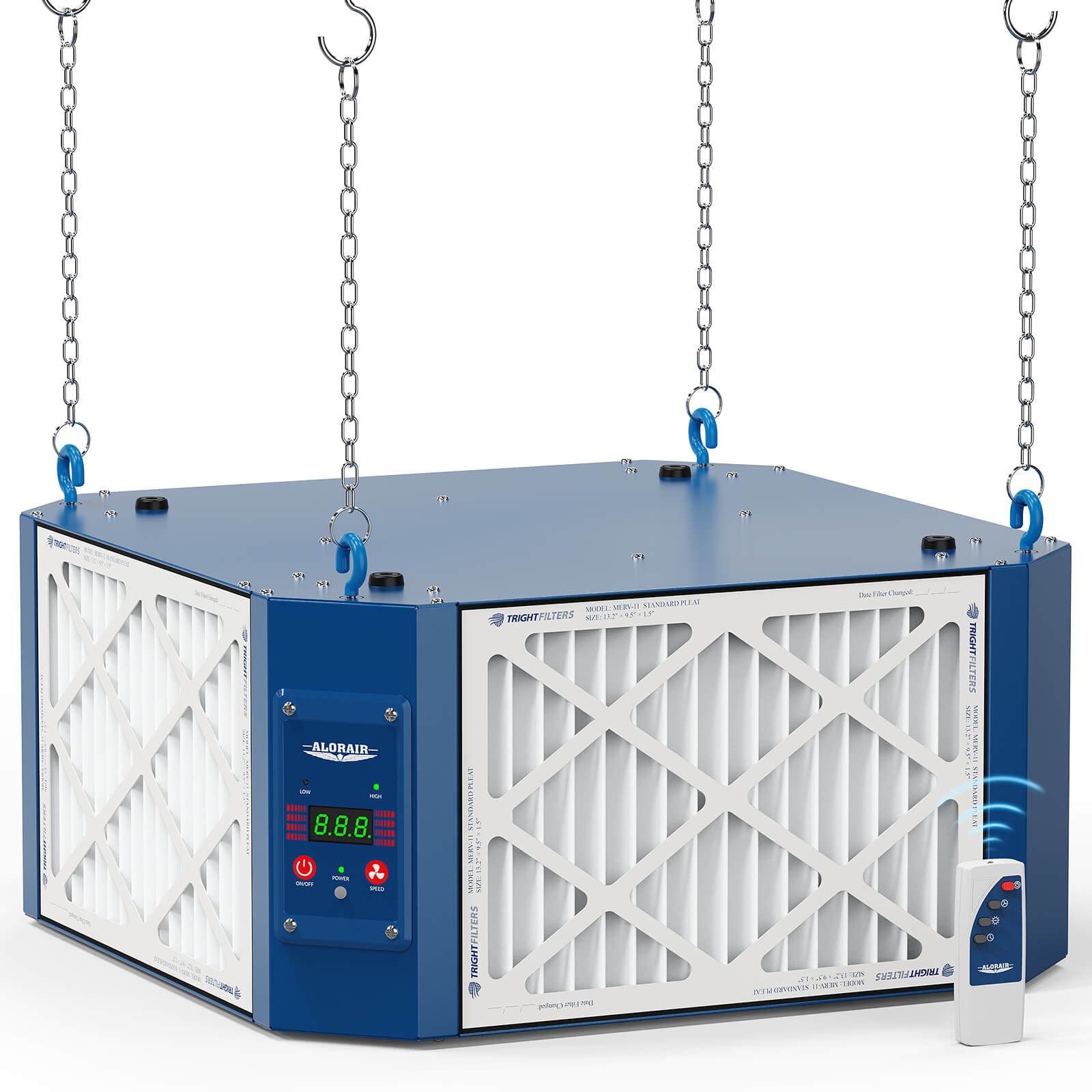








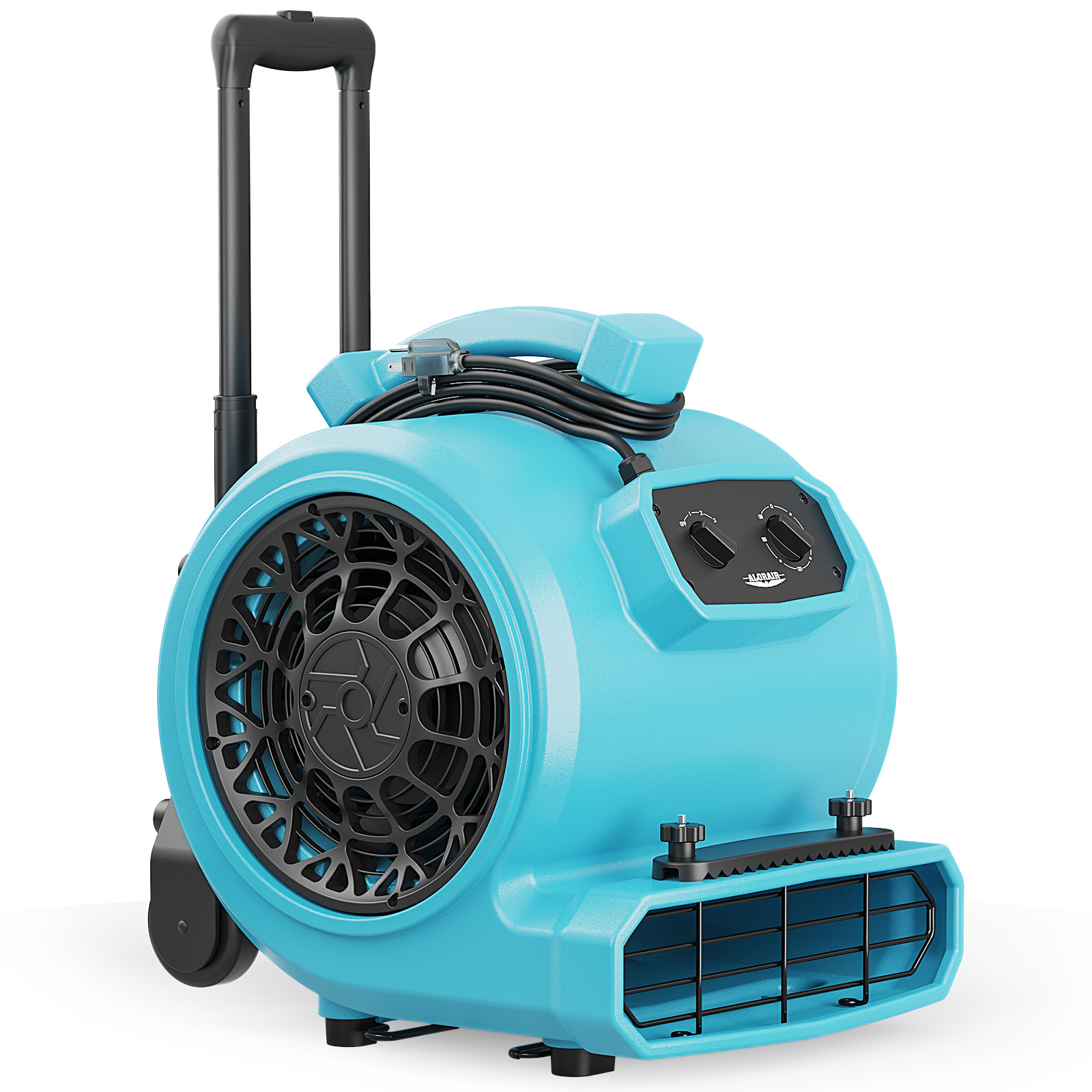

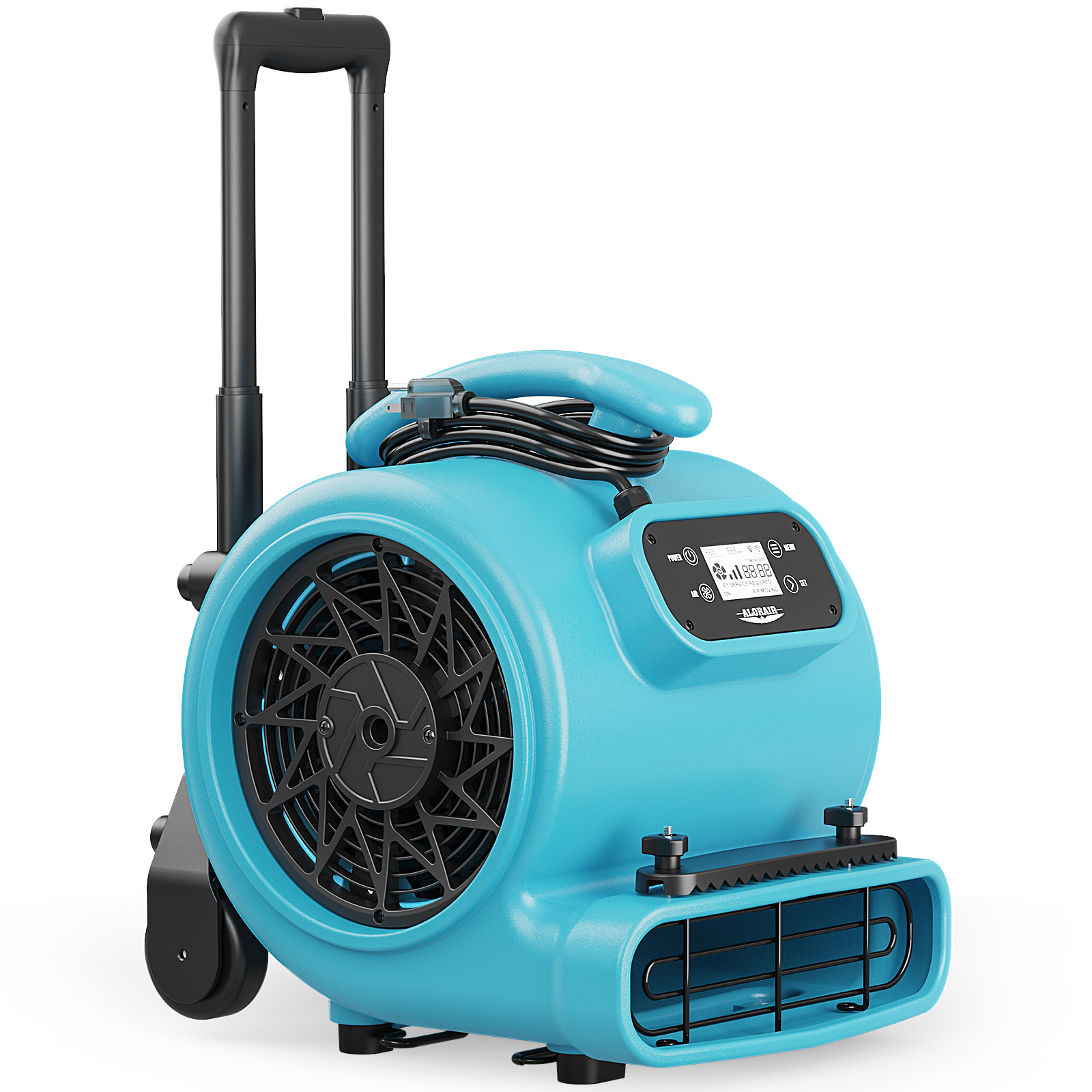

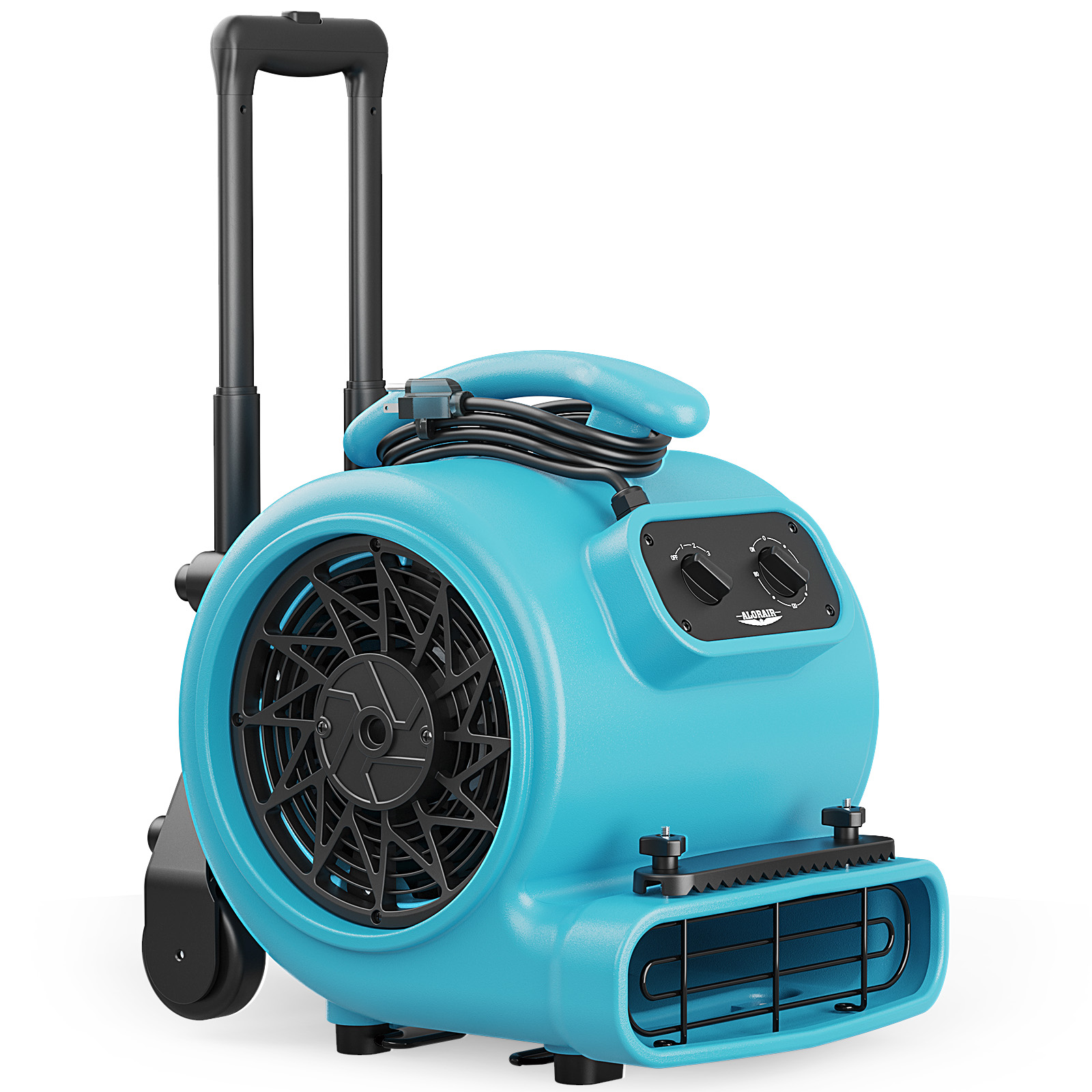


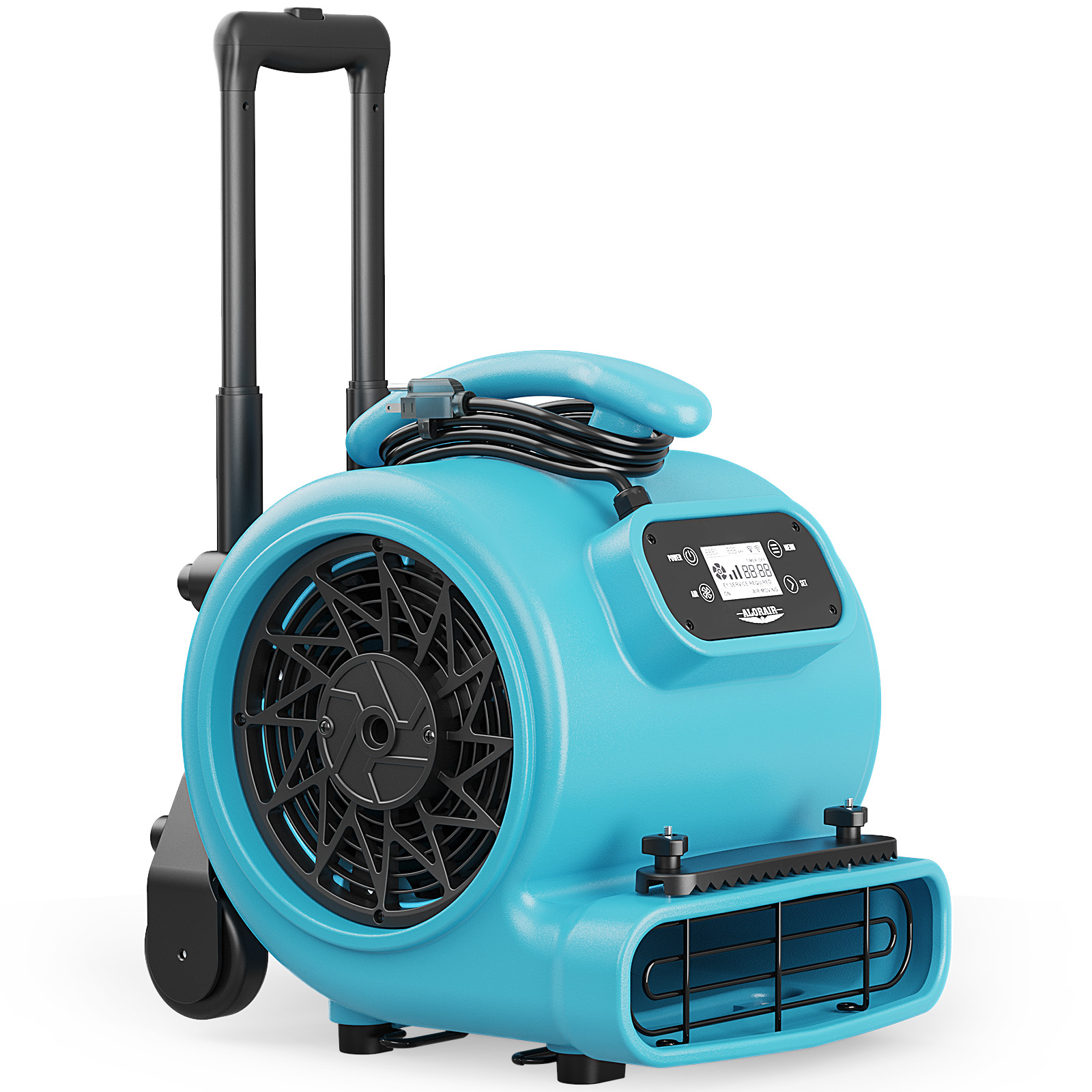
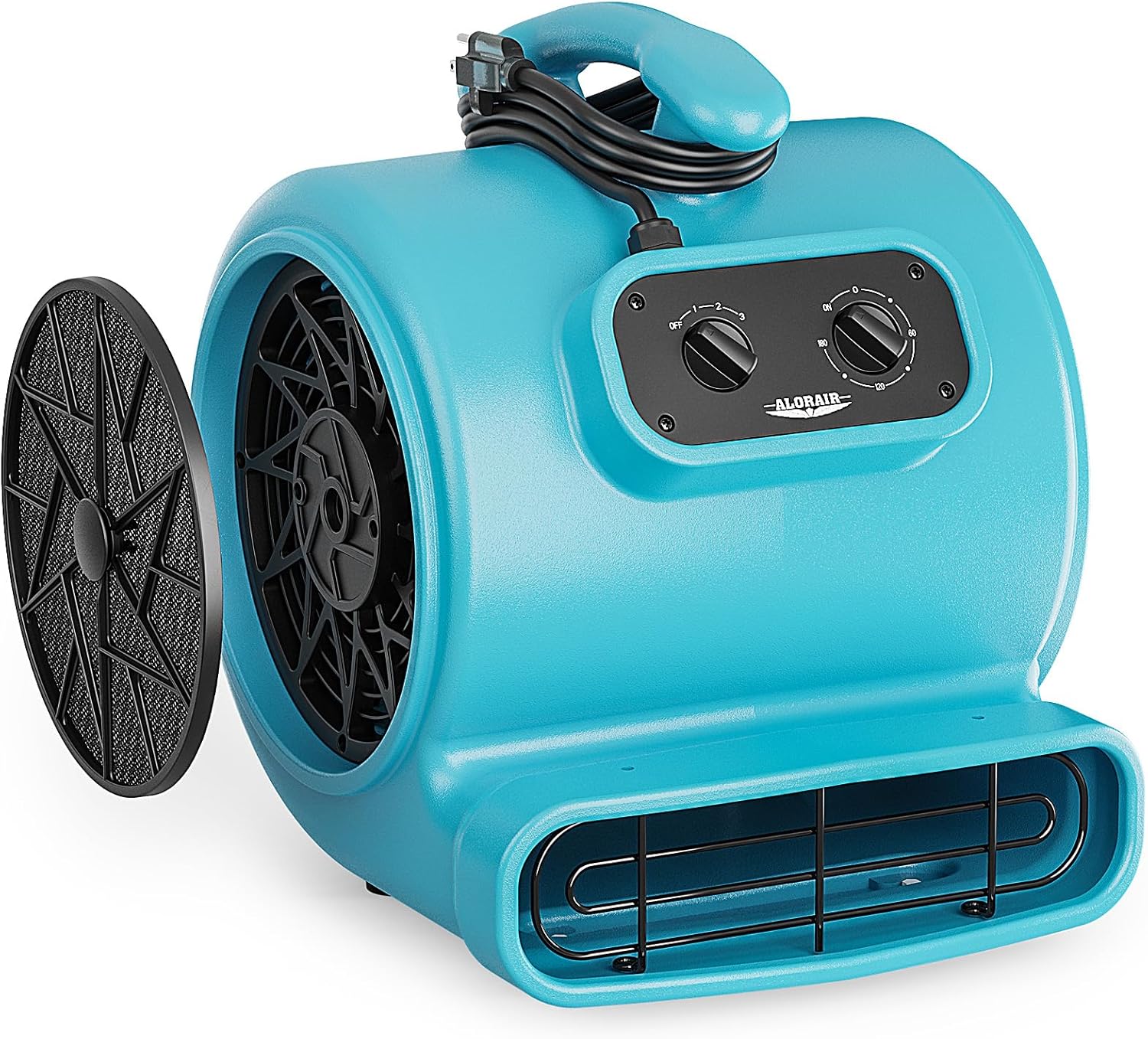

.jpg)
.jpg)
.jpg)


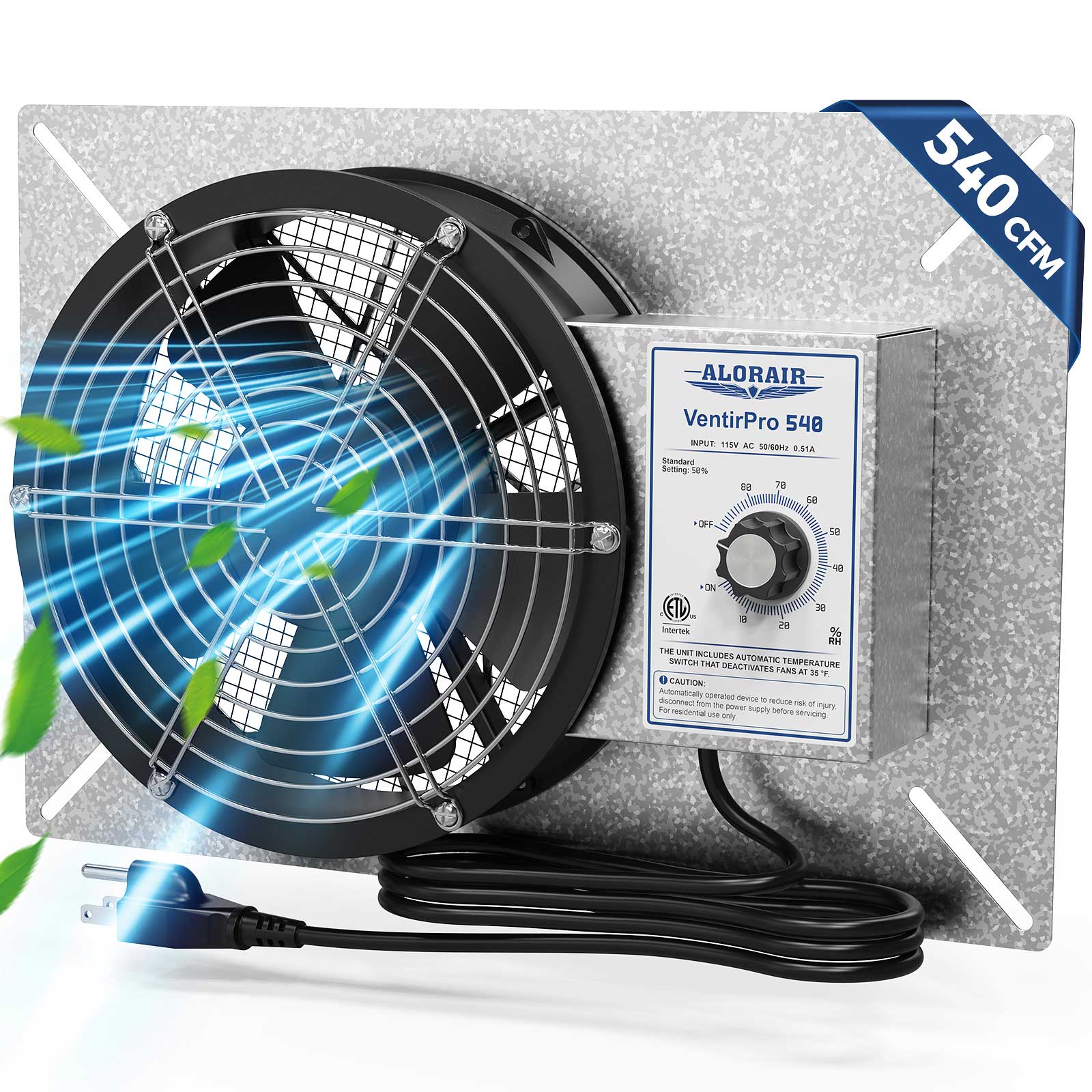


.jpg)
.jpg)
















-.jpg)
.jpg)

.jpg)
.jpg)



























 Exclusive offers
promotions
Exclusive offers
promotions

